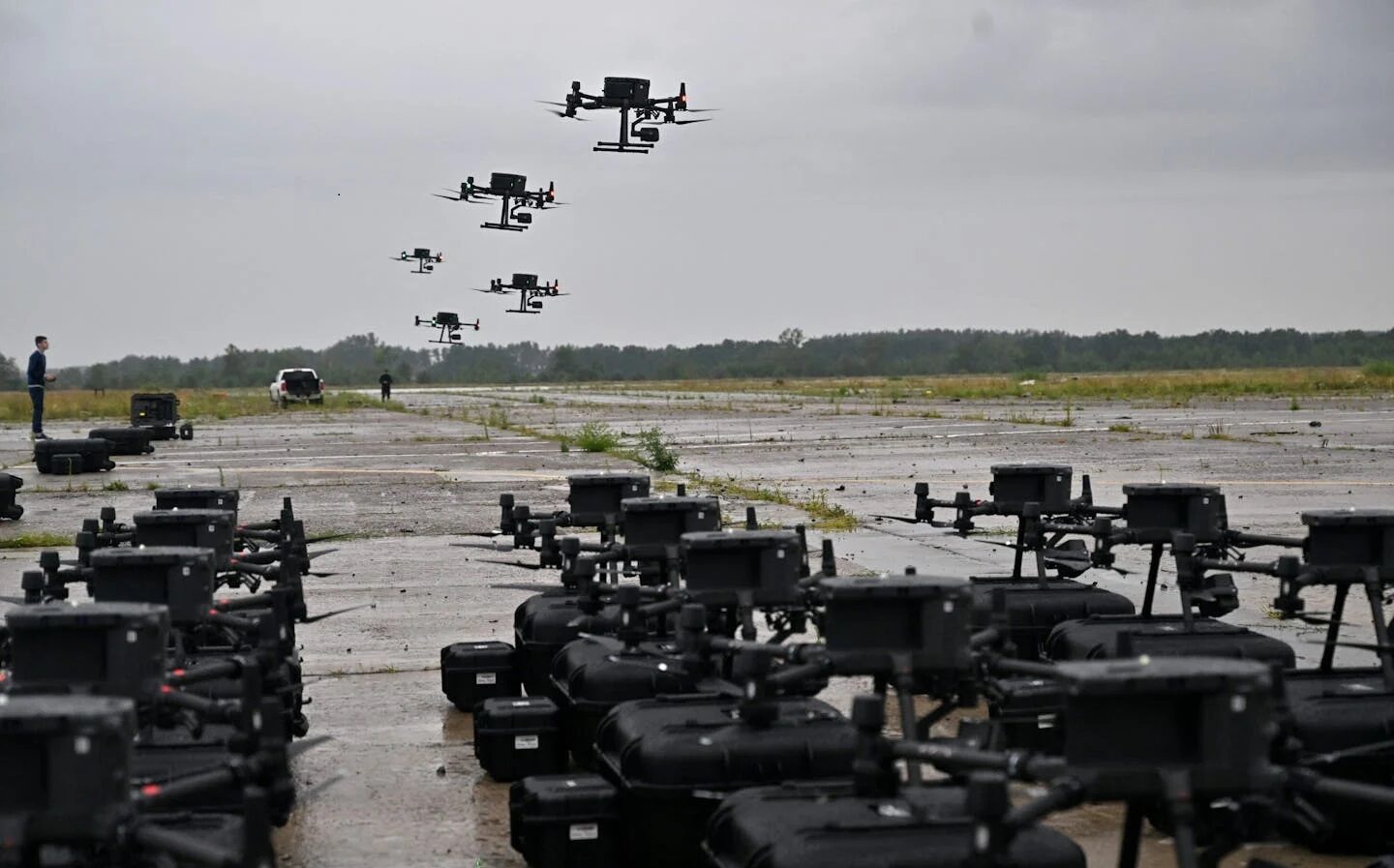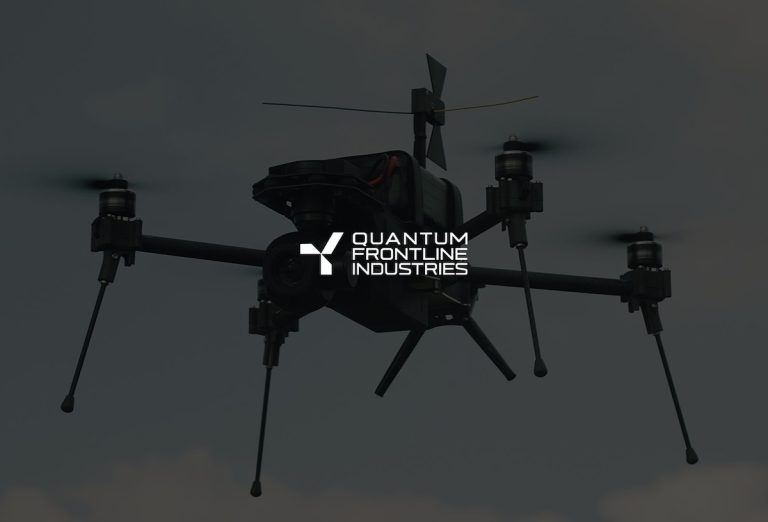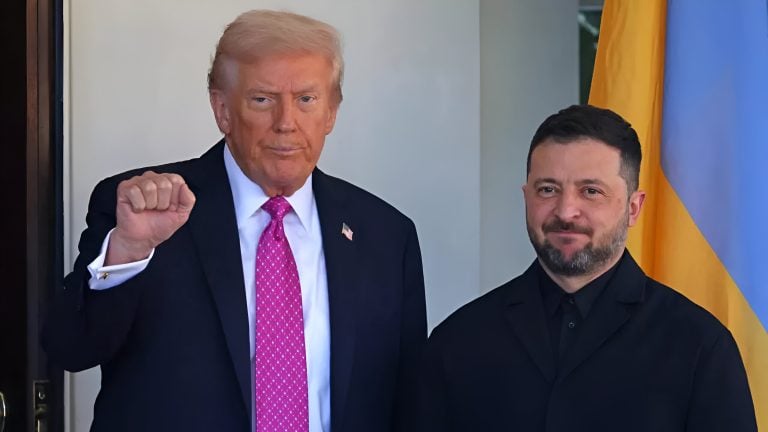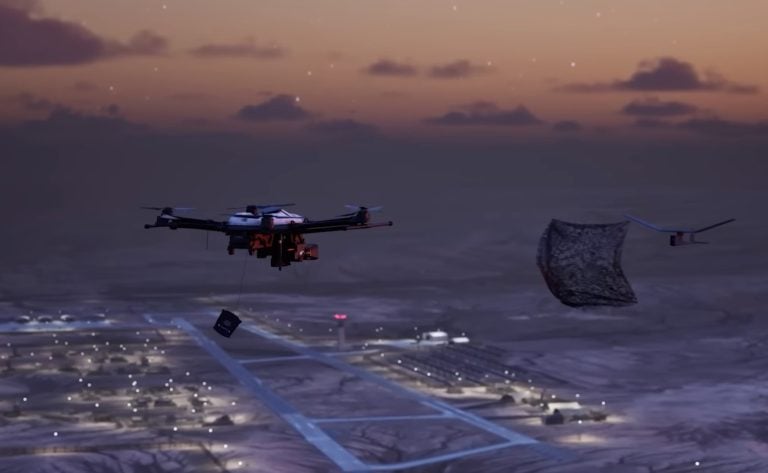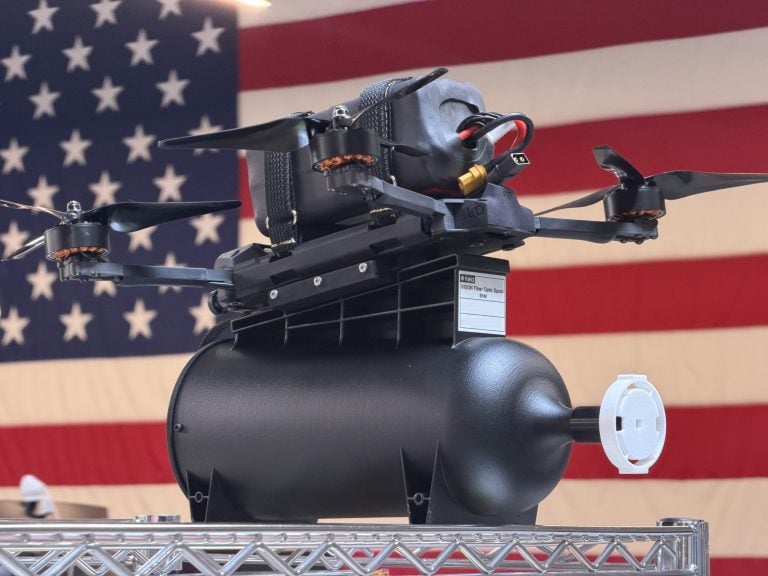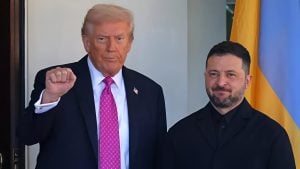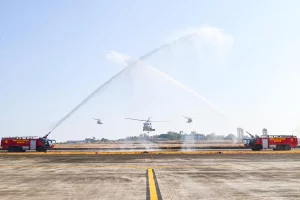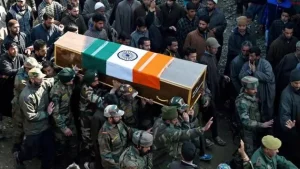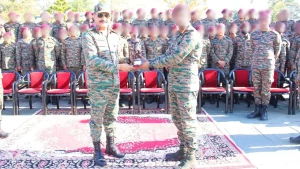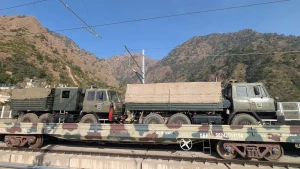NATO and the European Union are intensifying efforts to enhance anti-drone defenses as Europe responds to an escalating threat from Russia, following a series of alarming air incursions. Recent high-profile incidents in Poland and Estonia have sparked urgent discussions among European officials who are striving to address vulnerabilities in the continent’s defense strategies.
In response to this growing concern, NATO has initiated a new mission and reinforced its military presence along its eastern border. The alliance is actively trying to learn from Ukraine’s experiences with drone warfare to better understand and mitigate the aerial threat posed by Moscow. NATO’s Secretary-General Mark Rutte announced that the alliance is currently “testing integrated systems that will help us detect, track, and neutralize aerial threats” specifically for deployment along its eastern flank.
Simultaneously, the European Union is considering the establishment of a “drone wall” to confront this challenge. During discussions held on Wednesday, EU officials presented a roadmap aimed at securing approval during a leaders’ summit scheduled for next week. The EU is keen to have the drone initiative fully operational by the end of 2027; however, there are reservations from some member states about overlapping efforts with NATO.
EU foreign policy chief Kaja Kallas clarified this approach, stating, “We are not doubling the work that NATO is doing; actually, we are complementing each other.” Initially aimed at strengthening the defenses of EU countries situated along the eastern border, the drone initiative has since been expanded due to incidents involving mysterious drones that have unsettled nations further west. Kallas emphasized the widespread nature of the threat, asserting, “It concerns all the member states, not only those who are on the eastern flank.”
In conjunction with these defensive measures, NATO is also focusing on bolstering Ukraine’s ongoing resistance against Russian aggression. Rutte noted that about ten additional NATO countries have committed to a U.S. program that funds American weapons for Ukraine. U.S. Defense Secretary Pete Hegseth strongly called for more nations to step up their contributions, declaring, “Now is the time for all NATO countries to turn words into action. No free riders.”
As the U.S. shifts its stance closer to Kyiv, President Trump has expressed frustration with Russian President Vladimir Putin for perceived stalling in peace negotiations. During a recent briefing, Hegseth warned, “If there is no path to peace in the short term, then the United States, along with our allies, will take the steps necessary to impose costs on Russia for its continued aggression.” He assured that the U.S. defense apparatus stands ready to act in ways unique to its capabilities.
Amid these discussions, plans for supplying Ukraine with long-range Tomahawk missiles are also being considered, though the Kremlin has cautioned against such actions. The potential for Ukraine to strike deep into Russian territory may be a strategy to compel Putin towards negotiations.
Ukraine’s Defense Minister Denys Shmygal articulated hopes that total commitments under the U.S. initiative would reach between $12 billion and $20 billion next year, with an overarching goal of securing approximately $60 billion worth of military support from international allies by 2026. As part of these developments, Trump is scheduled to meet with Ukrainian President Volodymyr Zelensky at the White House this Friday, signaling a continued partnership in countering Russian aggression.
